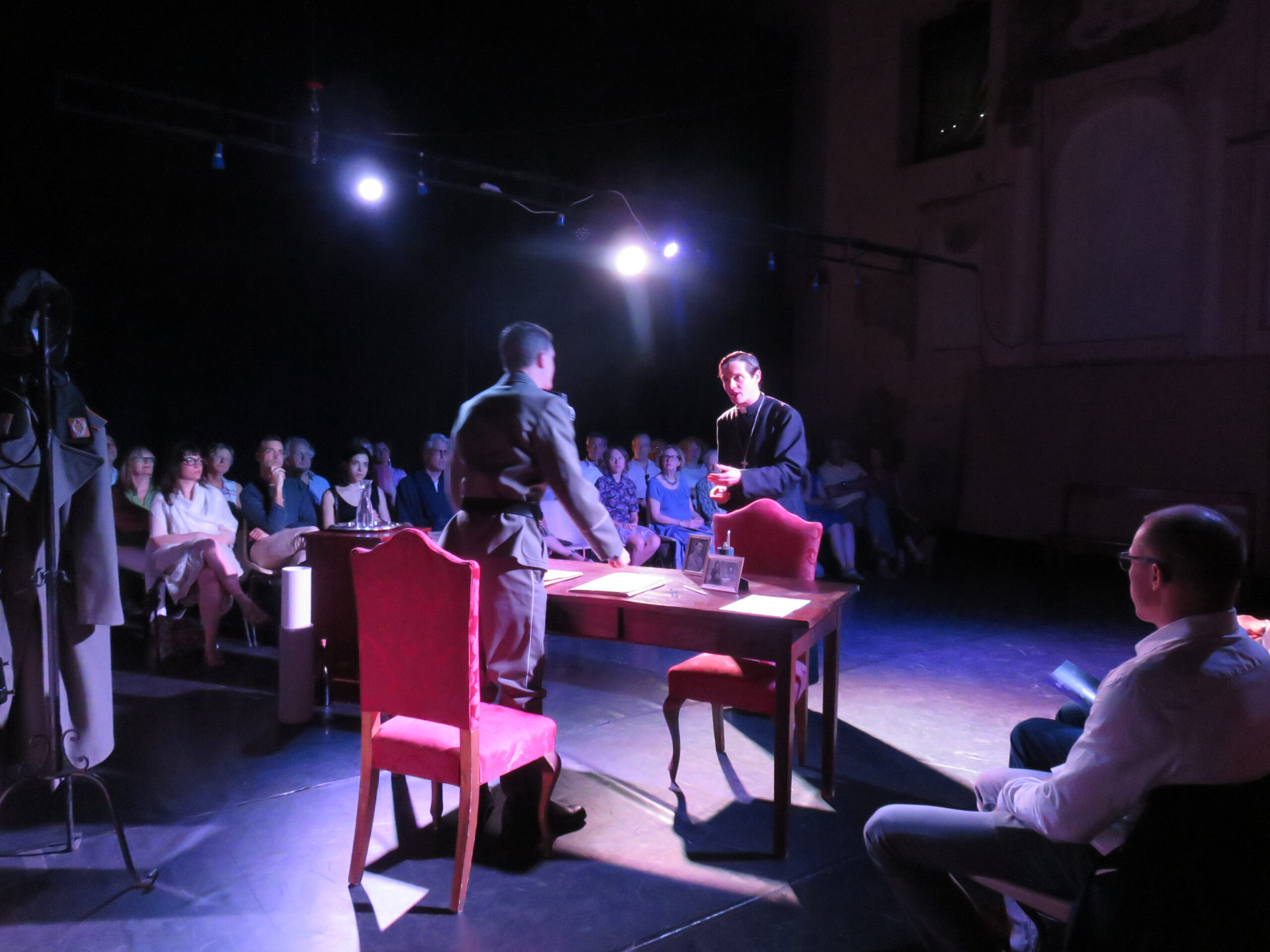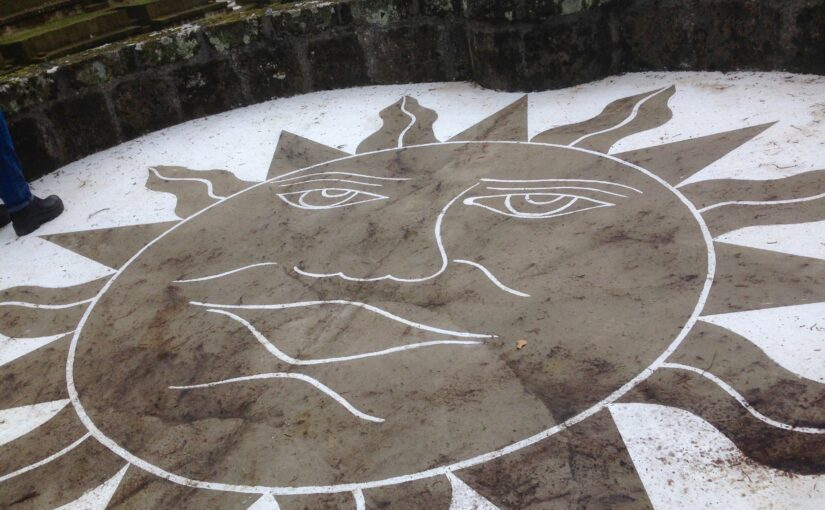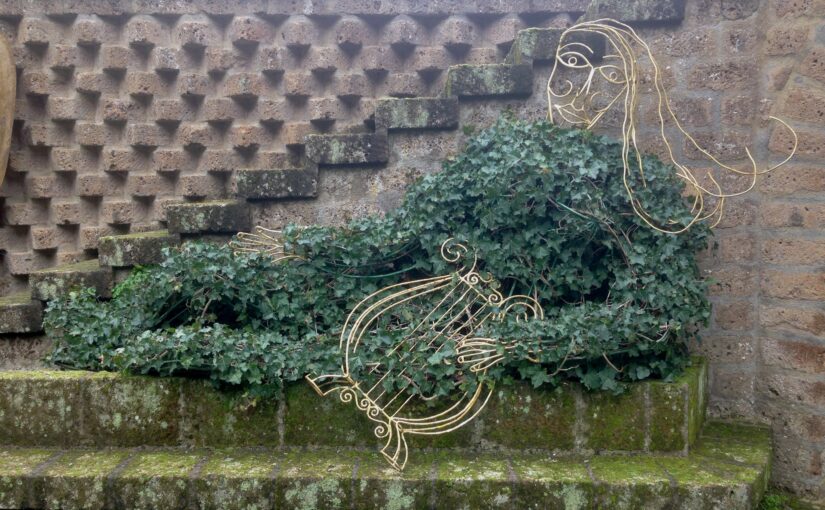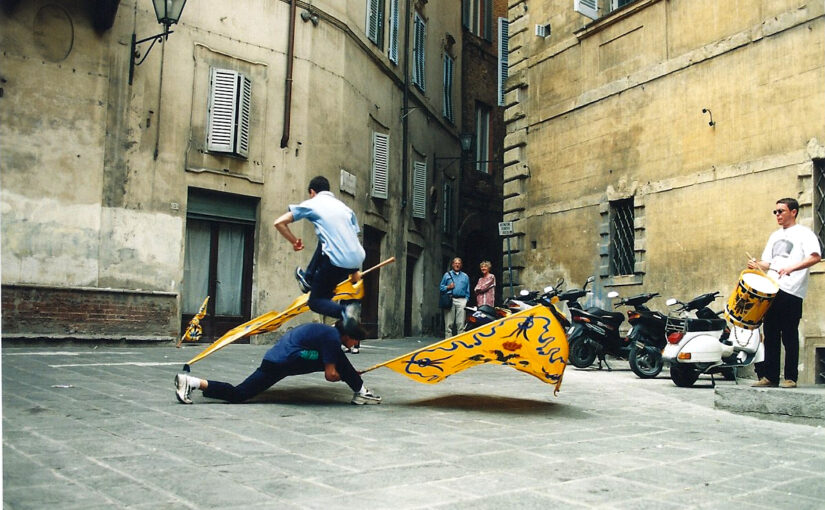NOVEMBER QUICK DIARY
Sunday 3 – RLS was always everywhere, any time. What has occurred recently is only in my left leg (mostly thigh) between midnight and 07:00 and only in the recliner.
Monday – the shrink wrap that usually binds me, is off.
Tuesday – better movement than usual, not quite as loose as yesterday.
Wednesday – the US election made of me a trembling cripple.
Thursday – I’ve stopped trembling while still moving very slowly, but am resolved anew to confront the foe and vanquish sit.
Friday – For the first time in at least four years I was able to regularly and consistently pick up my feet while walking, indoors and out.
Saturday – Feet continued into morning (having slept hardly at all) then I took a half hour nap and woke tight and trembly. Got feet back pacing the hall for a half hour, but remained with awkward fingers and tremors.
Sunday – Flashes of liberty tucked between rafts of immobility.
Monday 11 – I am not a victim, I am a participant. And a creator.
Tuesday – Turns out I’m averaging 2500 steps a day on my walks.
Wednesday – RLS seems to have returned, but only evenings in the recliner.
Thursday – Friend is more and more a part of my hourly experience.
Friday – Orvieto’s glorious Friday evening parade.
Saturday – Morning walk very difficult, evening walk almost normal. And so it goes. Had a spontaneous and strong turning off of pause just before lunch (I think).
Sunday – Sleepy all day.
Monday 18 – Stumbly legs, fingers more agile than normal, a little dull-witted but clear on the inside.
Tuesday – Arms tight and uncomfortable, walking quite good.
Wednesday – Walking very good, arms relaxed.
Thursday – Walking almost impossible, sleeping a lot, day and night.
Friday – Morning walk very ragged, evening good and almost smooth at times. Evening voice strong and clear.
Saturday – Repeat Friday.
Sunday – Great disappointment; RLS has returned with a vengeance. Wish I knew why it was gone for so long. (turns out the bad stuff only lasted for a day)
Monday 25 – Gone for several weeks now; excessive nasal discharge after eating or sneezing (for years). Don’t know if that was typical of PD, but in any case, I hope it stays gone.
Tuesday – Sleeping a lot. Was complimented on an improved stride today, several times.
Wednesday – The stride tightened, but only Roman was around to see it.
Thursday – Made rare for several weeks; my body tightening into a plank (board of wood) involuntarily after a nap.
Friday – Momentum. Don’t interrupt.
Saturday – “I’m doing this to myself!” makes me stronger.
Sunday 1 December – Callouses hurt so bad I can barely walk.









